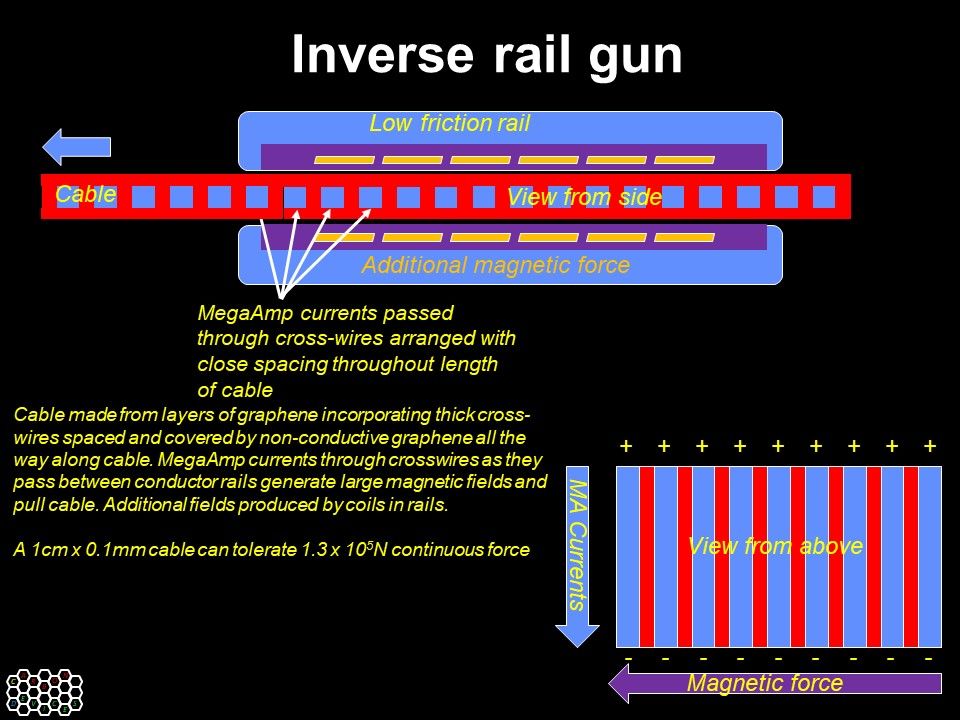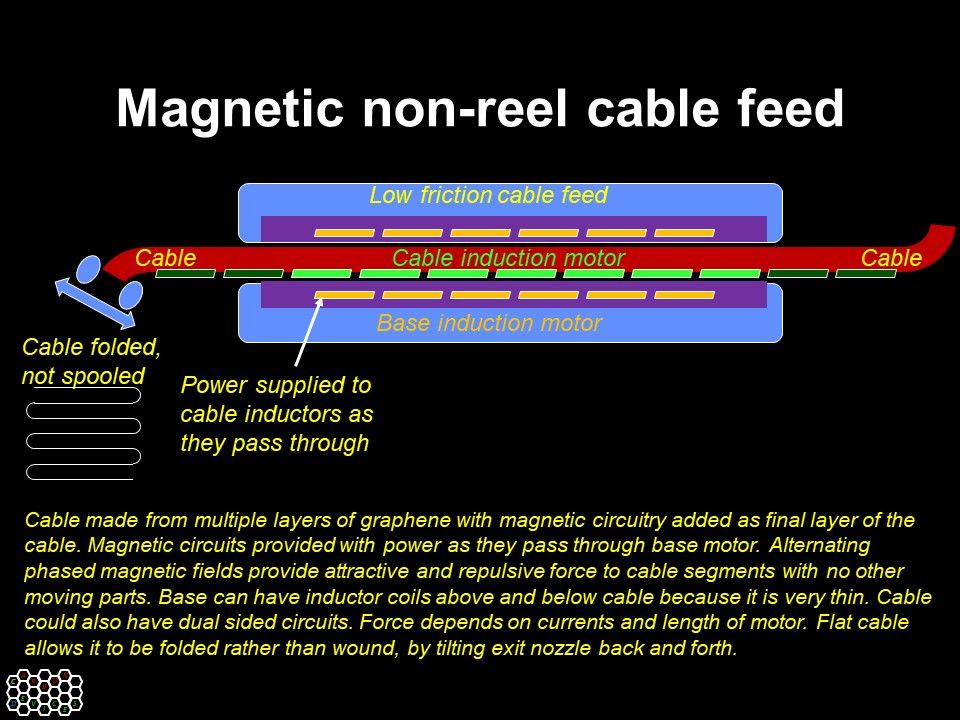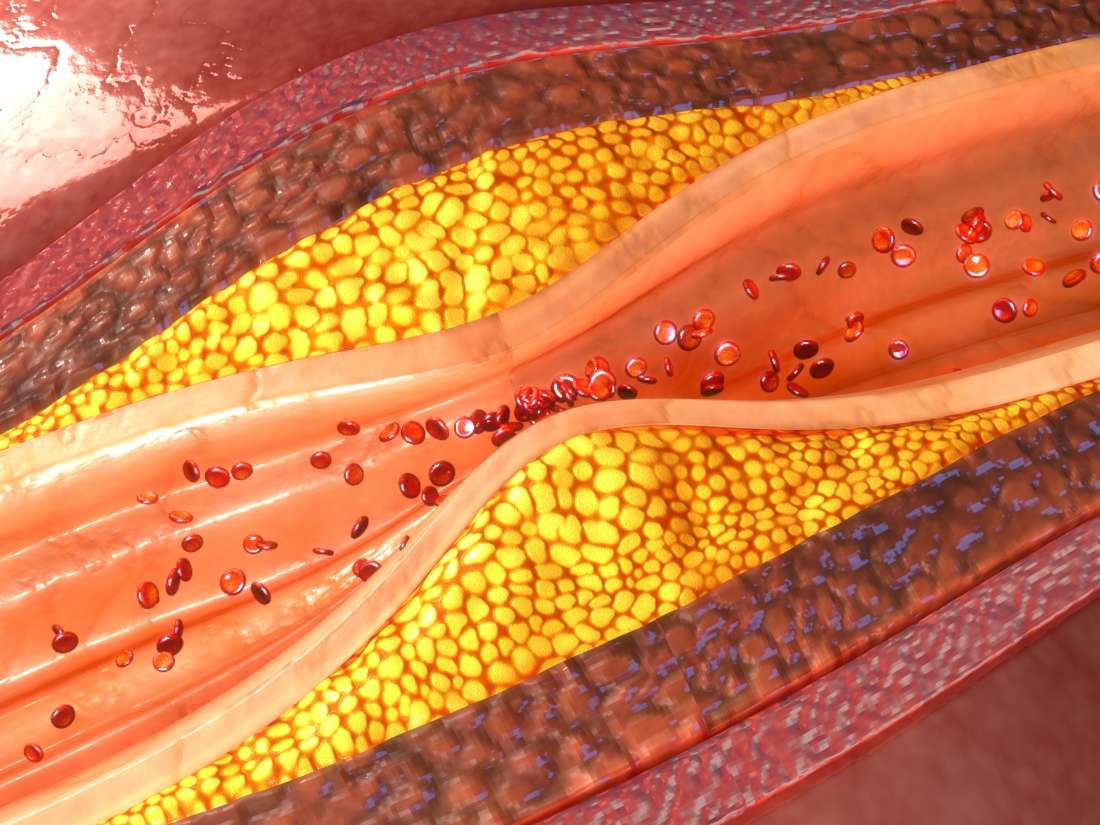And inflammation is one of the three primary ageing processes.
Scientists have discovered a new metabolic process in the body that can switch off inflammation. They have discovered that ‘itaconate’—a molecule derived from glucose—acts as a powerful off-switch for macrophages, which are the cells in the immune system that lie at the heart of many inflammatory diseases including arthritis, inflammatory bowel disease and heart disease.
The scientists, working in the School of Biochemistry and Immunology in the Trinity Biomedical Sciences Institute at Trinity College Dublin, hope their discovery will have relevance for inflammatory and infectious diseases—and that their findings may also help to develop much-needed new drugs to treat people living with these conditions.
Professor of Biochemistry at Trinity, Luke O’Neill, was, along with Dr. Mike Murphy of the University of Cambridge, the joint leader of the work just published in leading international journal Nature. The discoveries were made using both human cells and mice as a model organism.






